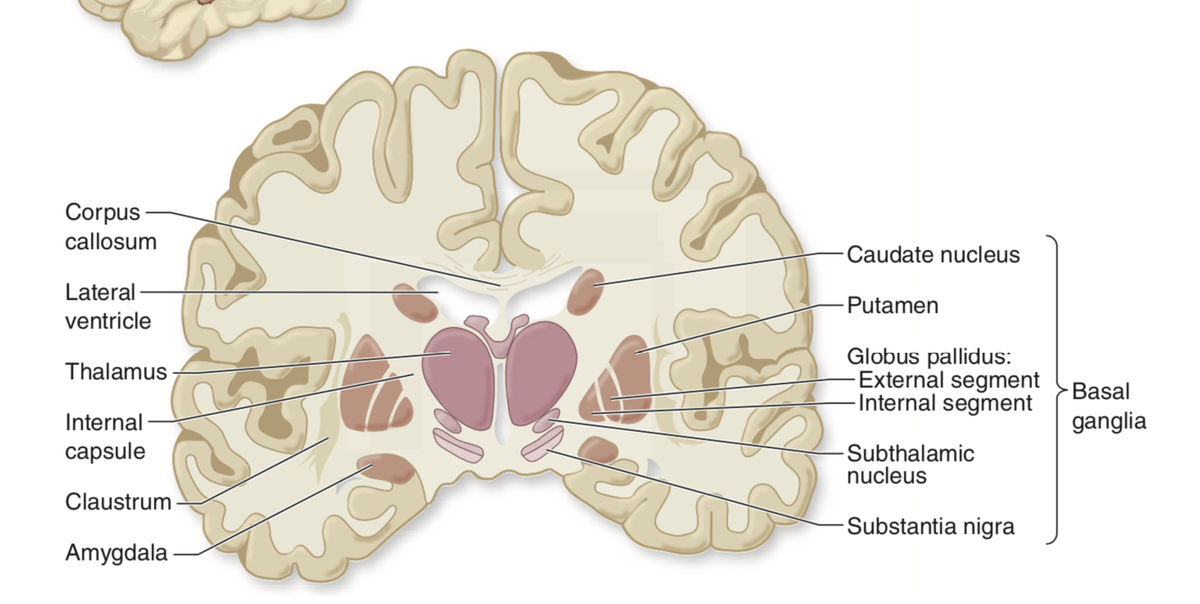How about another #EndNeurophobia neuroanatomy #tweetorial?
This one goes out to all those USMLE studiers out there:
THE BASAL GANGLIA
cc: @CrystalYeoMDPhD @MadSattinJ @Tracey1milligan @DxRxEdu @CPSolvers @MedTweetorials
follow @BlackInNeuro @LashNolen @uche_blackstock @DrOniBee @gradydoctor
listen @thepraxispod @thenocturnists
read @DrIbram
Putamen + GP together = LENTICULAR NUCLEI
C runs just lateral to the lateral ventricles.
Gpi is nestled medial to the GPe, which is nestled just medial to the putamen.
STN sits inferior to the thalamus as name suggests
This is likely an oversimplification but is helpful in understanding 2 conditions: PARKINSON’s and HEMIBALLISMUS
This can get confusing so let’s build it up piece by piece
BOTH begin in C/P and end with GPi.
INDIRECT adds GPe and STN
DBS INHIBITS activity in these structures—see how inhibiting either would lead to decreased inhibitory output of BG = increased motor activity-> improve PD symptoms?
Why INCREASED movement with STN lesion?
By decreasing STN excitation of GPi we essentially ‘remove’ indirect pathway from equation, and direct pathway becomes unchecked -> ⬆️movement
Direct=
Ctx->C/p->GPi->thal->ctx
+ - - + = overall +
DIrect DIsinhibits = gas= Drive
Indirect Ctx->C/p->GPe->STN->GPi->thal->ctx
+ - - + - + = overall inhibits
INdirect INhibits = gas
Dopamine from SN ⬇️Direct and ⬆️ INdirect
What should I cover next?
#EndNeurophobia 🧠❤️










